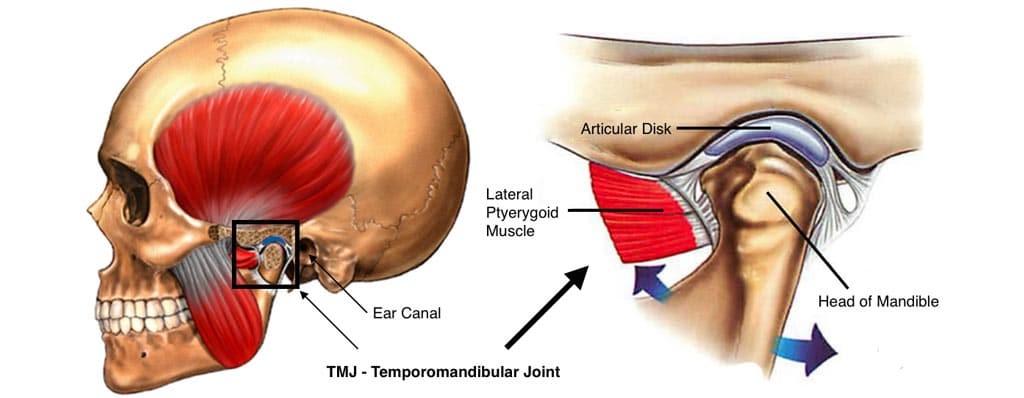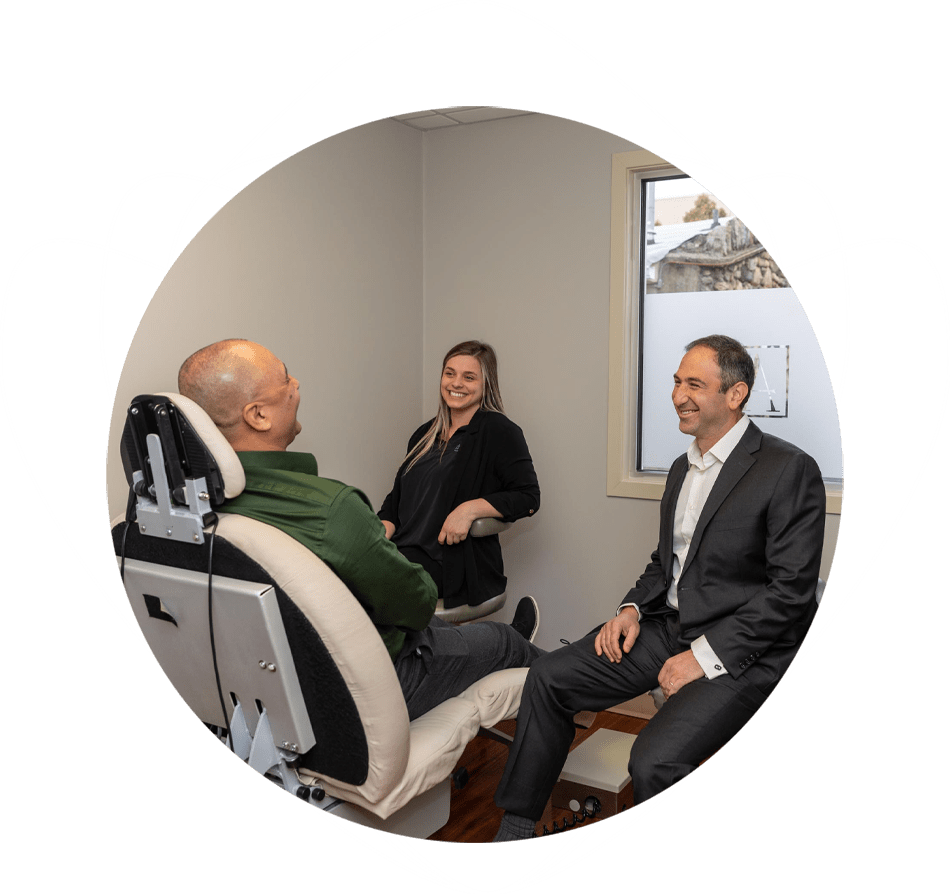Temporomandibular Disorder is a health issue, and if it’s left untreated for long, it can prove to be rather costly, and more importantly, it can negatively affect your overall health for years to come.
What’s Temporomandibular Joint Dysfunction?
It’s a condition that affects a joint that you will find at the base of the skull. Commonly referred to as the TMJ, it’s this specific joint that facilitates the movement required for the important jaw activities of chewing and talking. This particular joint connects the mandible, the lower jaw, as well as the temporal bone—the bone situated on the side of the skull.
Given the TMJ enables jaw movement—both up and down and side to side—it’s one of the most complex joints in the body.
The Bad News
Since this specific joint is so complex, the disorder related to it is equally complex and fairly tough to treat successfully. The disorder is an incredibly common problem as it affects up to as high as one-third of individuals through their life span.
The condition may not be life-threatening. Still—and as mentioned right in the beginning—it may have considerable negative impacts on your dental and general health. For instance, due to the continued neglect of TMD disorder, you may suffer from ailments as severe as memory loss because the misalignment of the jaw can bring constant pain across several regions of your brain.
If left untreated, TMJ disorder may also cause considerable discomfort and tension while persistent pain it causes may bring certain other afflictions—including depression and anxiety—in its wake.
What Leads to TMJ Disorder?
According to research, clinical, psychological, sensory, genetic, and nervous system issues could multiply the chances of a person developing longterm TMD. In most cases, unexpected or severe jaw pain, inflammation, and overworked muscles may be behind TMJ pain and these in turn create certain changes in physical activities and lifestyle habits that can add to swelling and muscle tension near the joint. Injury to the jaw, the head, or the neck may also be the culprit. Arthritis and displacement of the jaw joint disks can also be behind TMD pain. Still—in many situations—there may be no obvious cause of this disorder.
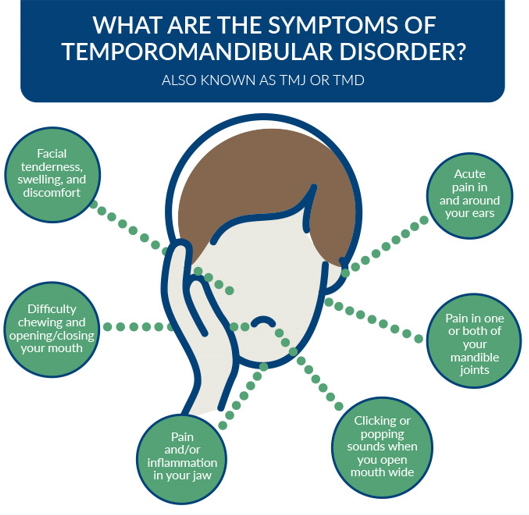
TMJ: Important Signs and Symptoms
- Pain in the Jaw
- Ear pain/earache
- Clicking and popping in the Jaw
- Burning Headaches
- Unbendable or sore jaw muscles
- Pain in the temple area
- Locking of the jaw joint
- Lightheadedness
- Teeth sensitivity with no oral health malady
- Change in the way the upper and lower teeth fit together
TMD: How Your Dentist Will Diagnose It?
Your dentist can make a diagnosis of TMD through a variety of ways such as:
-
- By checking your health background: To begin with, the doctor will seek answers to some questions. For example, they will ask you if have facial or jaw pain when you chew, bite, or open your mouth. They will also determine if you hear any cracking or popping while opening or shutting your mouth.
- By doing your physical examination: Next, they will check if you have facial or jaw pain when moving your jaw, or if you can’t open your mouth wide. They will also try to find out if there are TMJ noises when you open or shut your mouth down.
- By performing imaging tests: They will also use the options of X-rays, CT scans, and MRIs and more for accurate TMD diagnosis.
Treatment
In some specific situations, the symptoms of TMJ disorders may go away even if you don’t get any sort of treatment for it. However, if your symptoms persist, your dentist/doctor may advise you to choose different kinds of treatment alternatives—commonly more than one to be done simultaneously.
The Good News: Usually, the diagnosis for the disorder is good as some patients can handle it with just self-care and certain tried-and-tested home remedies, including applying ice packs to the joint, steering clear of chewing gum, doing massage, or performing tender stretches of the jaw and neck, and managing stress.
But, when home treatment doesn’t get you out of pain, your dentist may advise you to take medical treatment for TMJ disorder, including dental splints, Botox injections, physical therapy, prescription medications, and in some circumstances surgery.
TMJ: Top Treatment Options
-
- Medicine or Pain Relievers
These can help you get instant relief from the disorder and keep pain in the affected areas away. Over-the-counter nonsteroidal anti-inflammatory drugs (NSAIDs) can help, but they should only be used as a temporary fix.
-
- Injections
Corticosteroid injections into the jaw may help and offer short-term respite from the symptoms of the disorder as well as cut down any inflammation and constant pain in the TMJ. Botox can also be used for treating TMJ symptoms. It doesn’t come with many side effects but sometimes you may start to flash a provisional ‘fixed smile‘, thanks to the paralyzing impact of the powerful toxin. Again, unfortunately this is temporary.
-
- BITE Adjustment
In some situations—when home remedies or pain relievers or injections fail to give you the results you want—your dentist may advise you to use bespoke dental splints as these can stop tooth grinding, keep the teeth aligned, and decrease overall clenching. They may also advise bite guards as these are one of the most extensively used treatment options for moderate TMJ symptoms. As per a study, splints may cut down TMJ pain and the risk of long-term side effects is almost negligible.
-
- Surgery
If the above-mentioned treatment options don’t help, you may be advised to undergo surgery for TMJ to get relief. Through surgery, some areas of your TMJ may be repaired, repositioned, and in some particular situations, removed and substituted.
Summing-Up
TMJ Disorder may trouble you to no end. But your dentist will help you get relief from the problem using a combination of the different TMJ disorder treatments, such as simple home remedies and medicines or pain relievers, Botox injections, and surgery.
